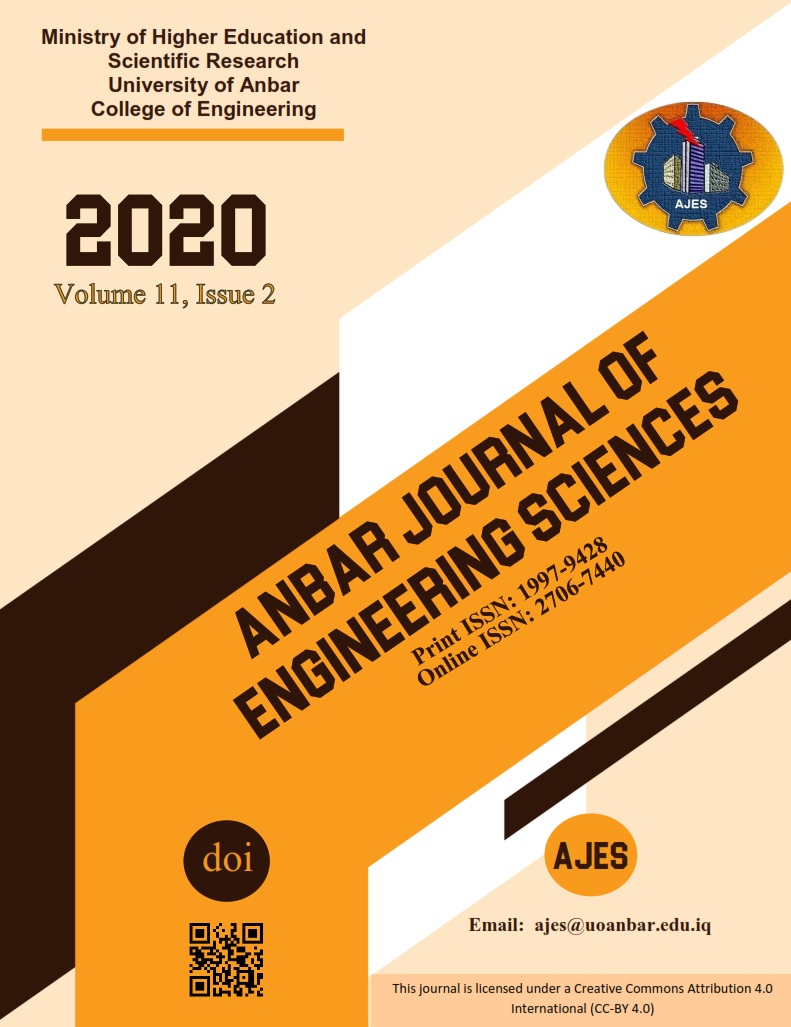Abstract
The field of image processing has several applications in our daily life. The image quality can be affected by a wide variety of deformations during image acquisition, transmission, compression, etc. Image compression is one of the applications where the quality of the image plays an important role since it can be used to evaluate the performance of various image compression techniques. Many image quality assessment metrics have been proposed. This paper proposes a new metric to assess the quality of compressed images. The principle idea of this metric is to estimate the amount of lost information during image compression process using three components: error magnitude, error location and error distribution. We denote this metric as MLD, which combines the objective assessment (error magnitude) and the subjective assessment (error location and error distribution). First, the metric is used to estimate the quality of compressed images using the JPEG algorithm as this is a standard lossy image compression technique. Then, the metric is used to estimate the quality of compressed images using other compression techniques. The results illustrate that the proposed quality metric is correlated with the subjective assessment better than other well-known objective quality metrics such as SSIM, MSE and PSNR. Moreover, using the proposed metric the JPEG2000 algorithm produces better quality results as compared to the JPEG algorithm especially for higher compression ratios
